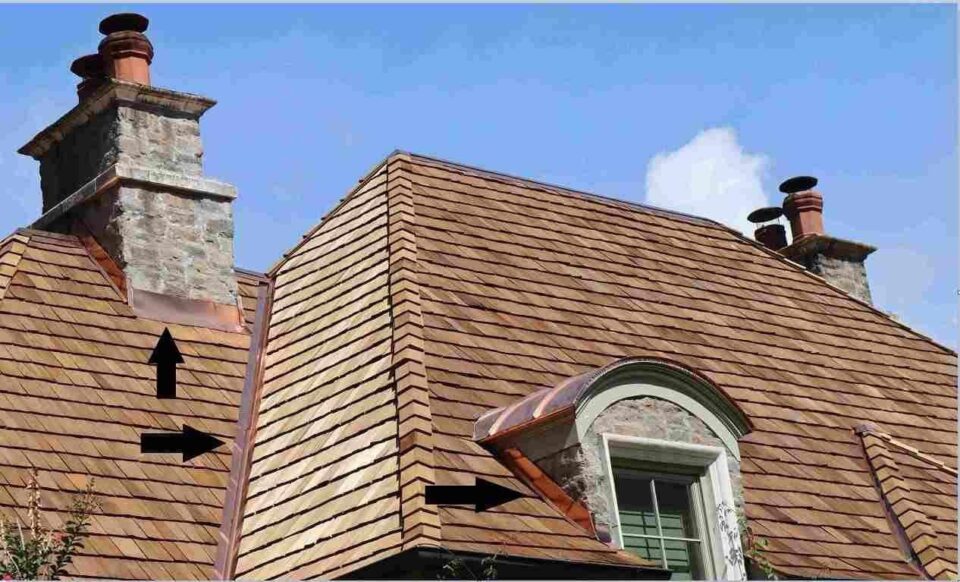After installing the mansard roof, it is time to insulate it, and we will explain the steps. Gable roof insulation is a process that insulates the roof in terms of sound, heat, and humidity. Suppose we delay the insulation after installing the roof or need to pay attention to the quality of the insulation. According to an expert offering attic insulation in Ottawa, in that case, the roof may need to be repaired sometime after the installation. In many cases, problems such as rusting of the roof sheet will occur by not properly sealing the roof or not considering the best insulation quality.
All Types of Insulation
Thermal insulation
Using thermal insulation and reducing energy consumption speeds up and advances work and saves you a lot of money. The steps of sealing the gable roof include cutting, gluing, and sealing to create a sound and thermal barrier, and the steps of sound and thermal insulation are considered more important than other parts.
Among the attic thermal insulations, we can mention blanket glass wool, rolled polyethylene foam, Unolite foams, polyurethane foam, and polyethylene foam. It should be noted that in the methods we use foam for covering, the cost increases compared to other methods, but the main feature of foam is complete heat insulation and closing all air holes, which will save your costs and energy consumption.
Sound insulation
Sound insulation, as the name suggests, is to prevent sound. If your bedroom, office, or music studio is in the attic, it is better to use this type of sound insulation to prevent the passage of sound. This type of insulation is usually used as a special soundproof blanket or foam on roof surfaces. The second layer of loft roof insulation is the use of a false ceiling; in addition to the beauty it creates, the false ceiling can greatly reduce noise and thermal pollution.
Moisture insulation
Several types of insulation can be used in the attic roof’s moisture insulation, including sealing the roof. The sealing of the attic roof has different stages, and to perform this task, an expert must be helped to cover the existing cracks well and ensure there are no leaks in the roof. Different materials can seal the attic roof, and each has its characteristics. Among these materials is a polymer.
Types of Attic Roof Insulation (Moisture Insulation)
Among the types of gable roof insulation, the following can be mentioned.
1. Attic roof insulation, nanocoatings
2. Roof insulation, roof mastic glue
3. Roof insulation, attic roof insulation
- Nano coating in attic roof insulation
This cover is used to insulate the attic roof. Nano can be used on any surface due to its thinness. Another feature of this product is its high compatibility with the environment. Nano coating makes the roof safe from any fungus and mold.
- Using mastic glue in attic roof insulation
For roofs that have seams and holes, you can cover the seams and holes with the help of mastic glue, which is the strongest glue known; this glue is resistant to heat. Therefore, using this strong glue to fix the seam between the roof sheets is better. Mastic glue can be used with the help of special guns.
- Using Izogam in attic roof insulation
Some metal gable roofs have twists like shutters, which are called sinusoidal. The best way to insulate these roofs is to use isogamy. Using glass wool in these roofs only serves as thermal and sound insulation.

